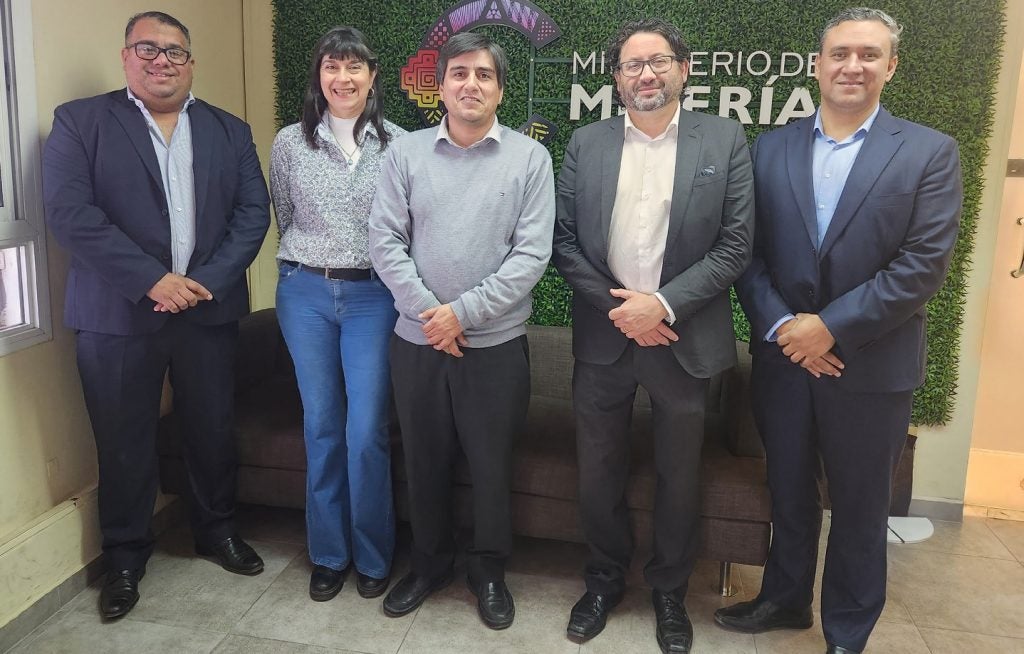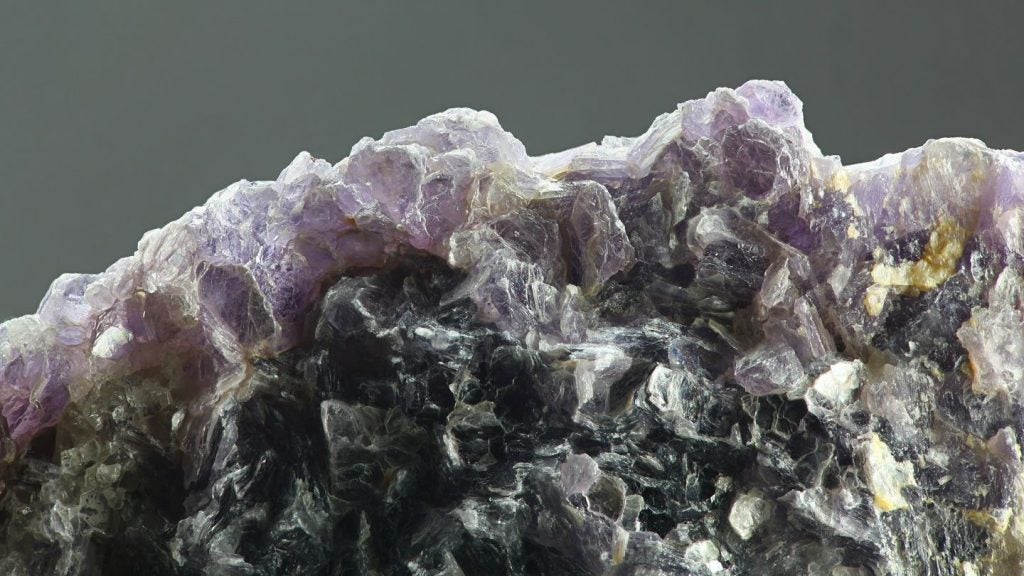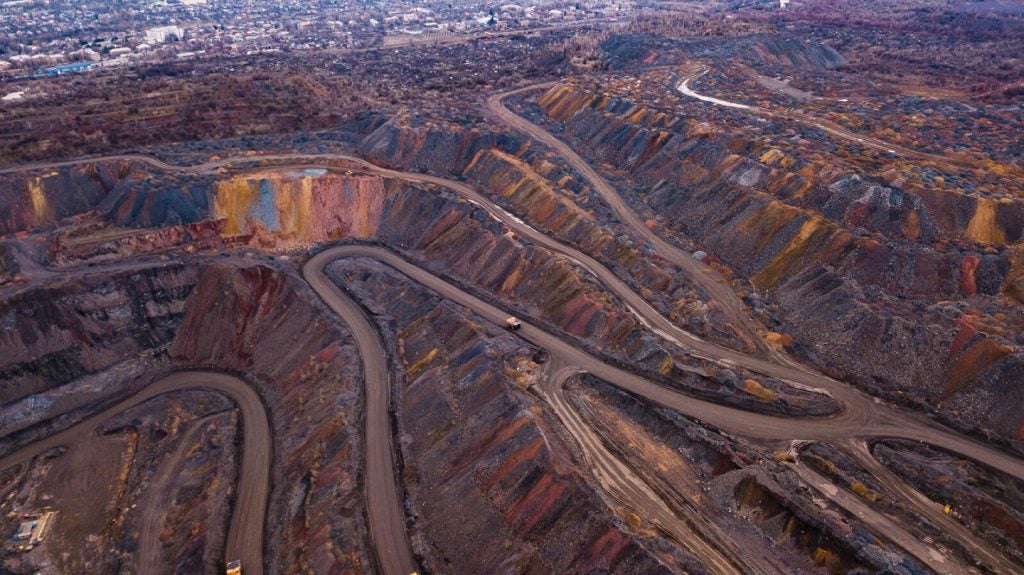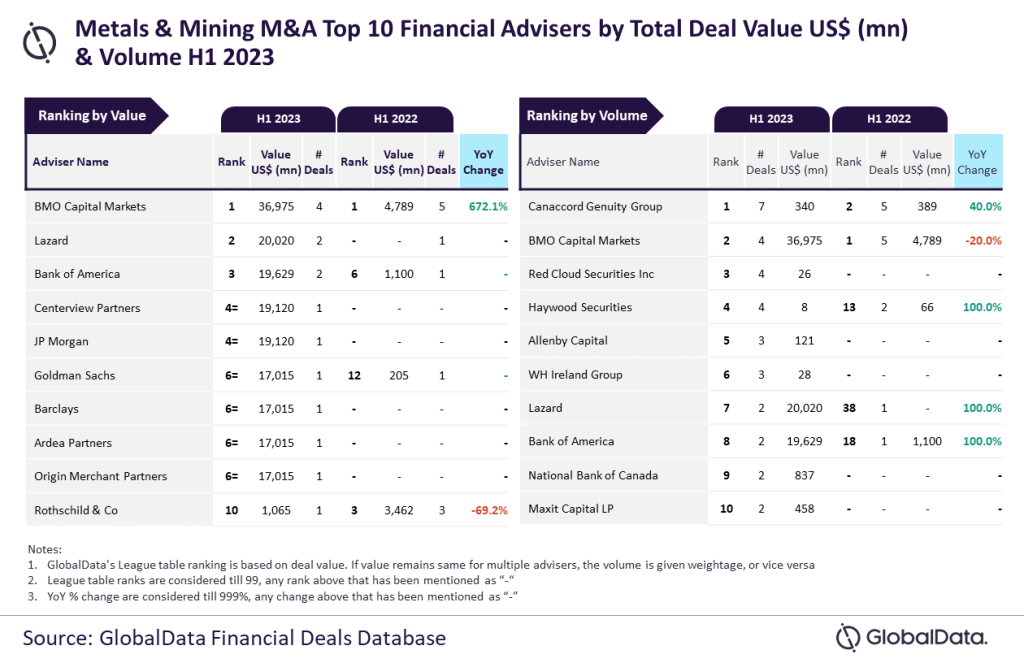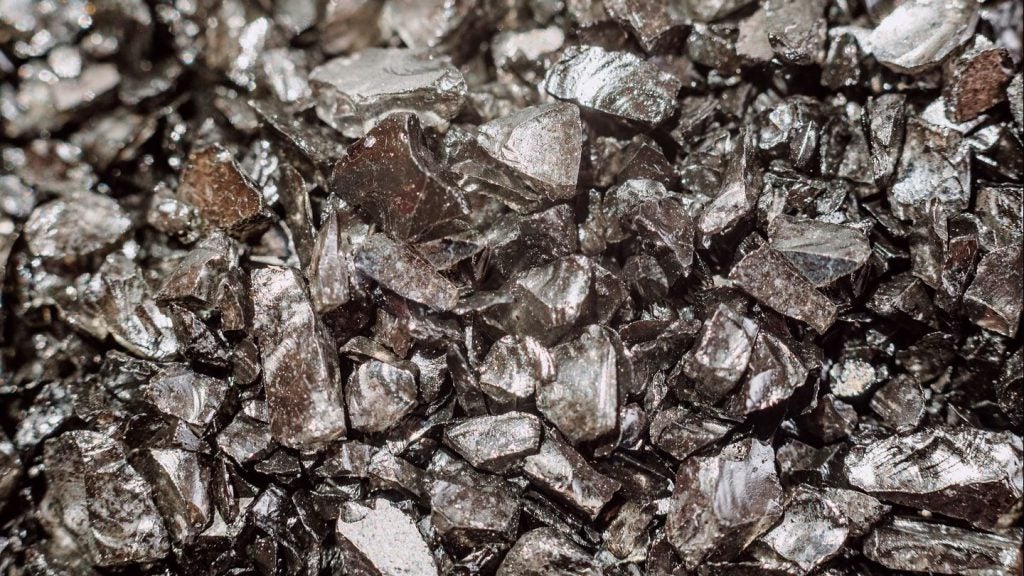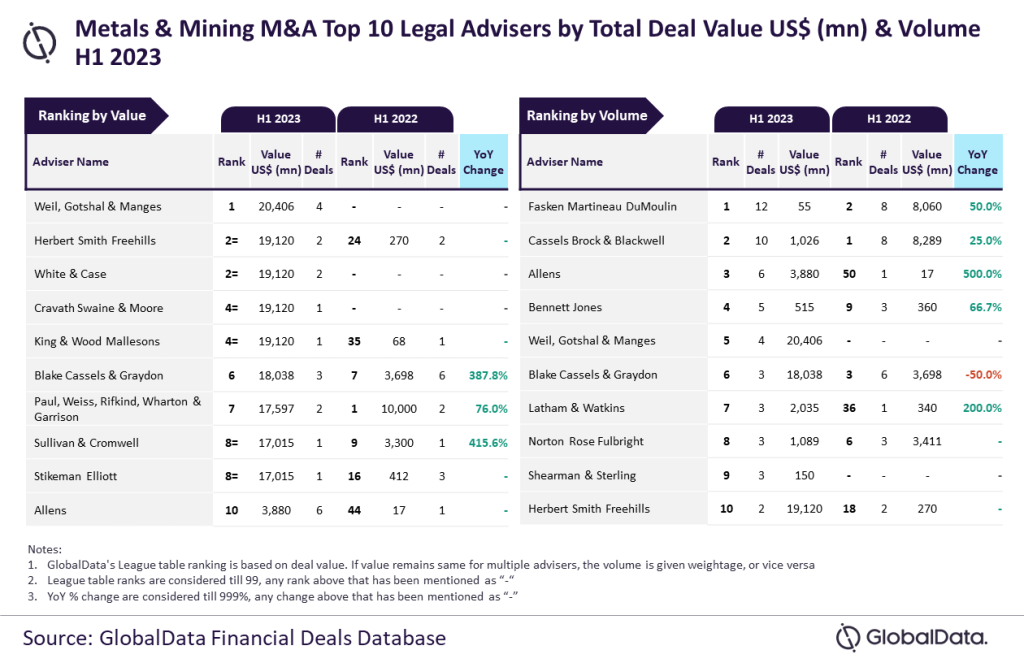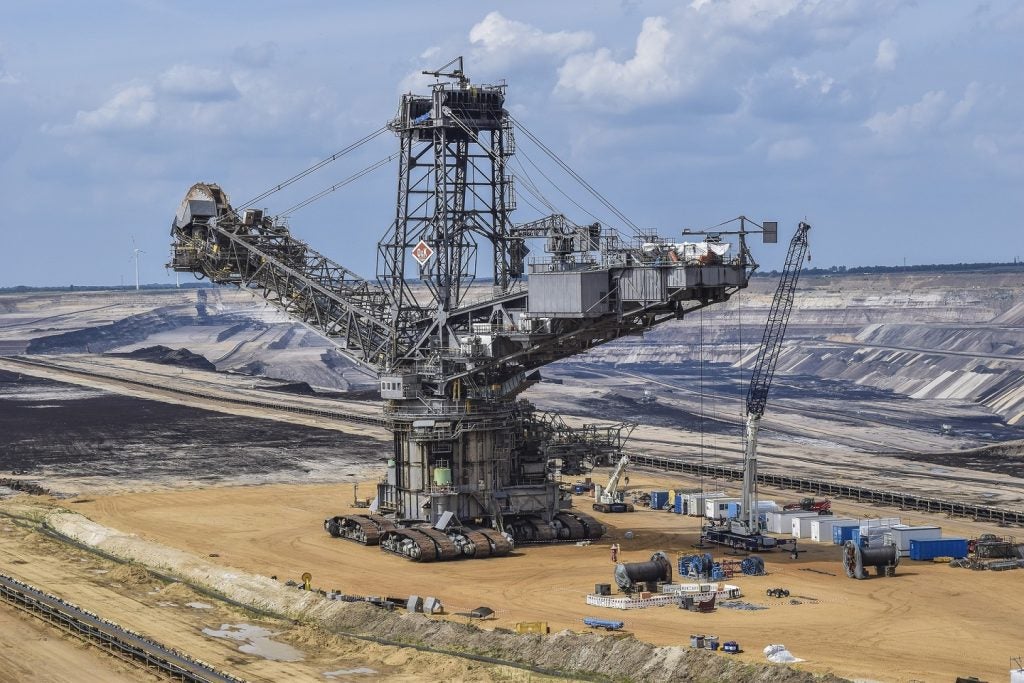Galan Lithium (GLN) has secured permits for the phase one construction of the proposed lithium carbonate equivalent (LCE) production plant at its Hombre Muerto West (HMW) lithium brine project in Argentina.
The project will have a 5.4 kilotonnes per annum (ktpa) production capacity.
Issued by the Catamarca Ministro – Ministerio de Mineria (Mines Department Minister), the permits allows the company to commence full construction of the lithium project.
The company says that the permits comprise ponds, a plant, an on-site laboratory, a 200-man camp, power and other necessary infrastructure.
Furthermore, the authority has approved six additional production wells at the lithium brine project.
GLN said the definitive feasibility study (DFS) at the HMW project is divided into two phases with phase one focused on lithium chloride concentrate production as governed by the production permits.
Phase one of the DFS delivered an annual production rate of 5,367 recoverable tonnes of LCE contained in a concentrated lithium chloride product.
GLN plans to begin lithium chloride production at the Hombre Muerto West project in the first half of 2025.
GLN managing director Juan Pablo Vargas de la Vega said: “The permits cover the full phase one DFS production rate of 5.4ktpa LCE, including full spec ponds design and size, plus the carbonate plant using the lithium concentration feed from the existing ponds already built.
“All required infrastructure is also approved, which means it is all systems go to meet our production target in H1 2025. The Galan team, from top to bottom, has been simply outstanding and this is the most significant milestone in the relatively short history of the HMW Project.”
The company is planning to release the phase two DFS of the project in September 2023. It will address a full 20ktpa LCE production rate.


